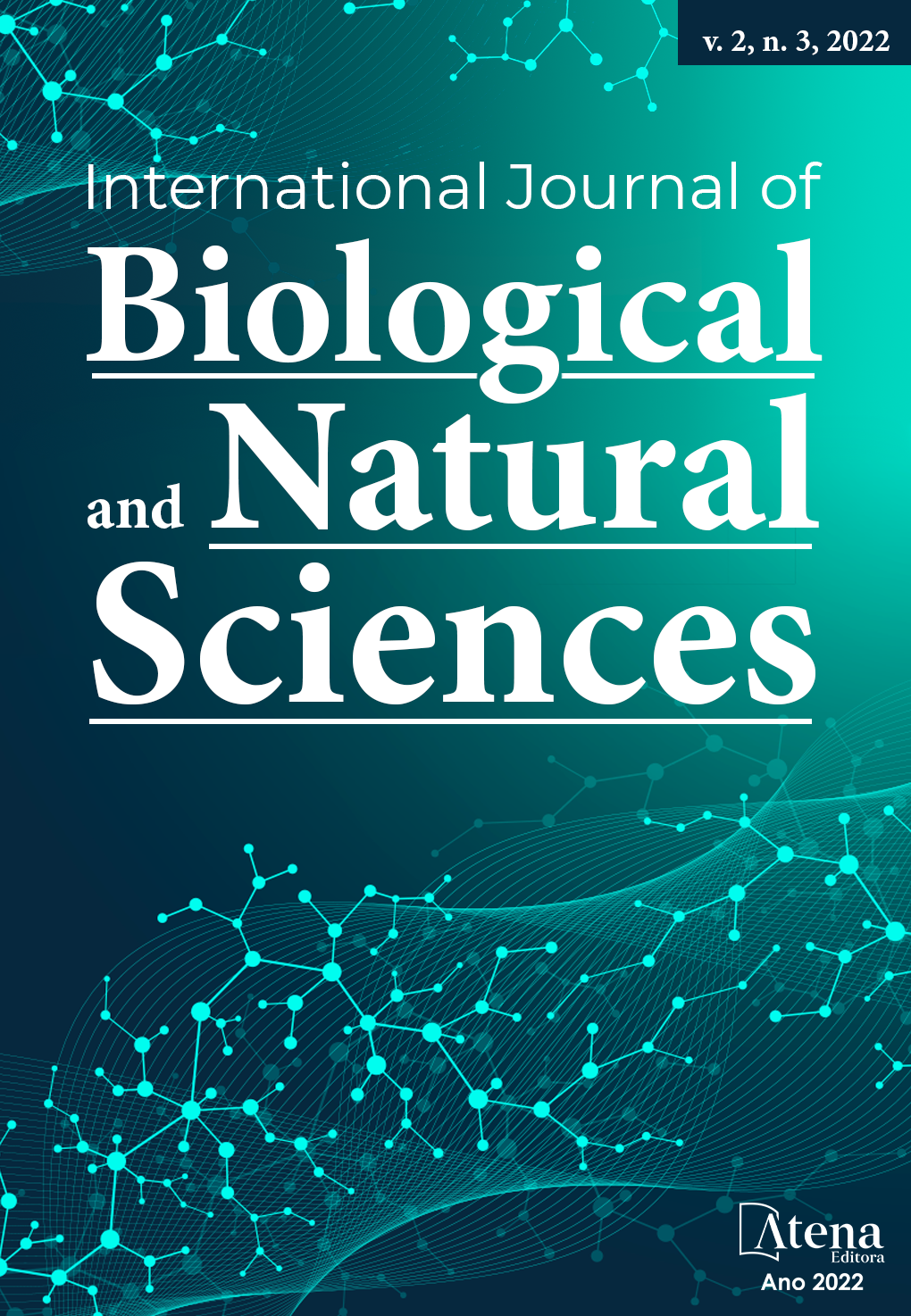
Evaluation of the presence of Pseudomonas aeruginosa biofilms in Dental Unit Water Lines
Introduction: Bacterial biofilm in dental unit water lines (LAUD) is a widespread problem, and poses a potentially significant risk of infection to dental staff and patients. Goal: To evaluate the hygienic-sanitary conditions of the LAUD in a Dental Specialty Center. Methods: Ninety-three mineral water samples were analyzed at thirteen LAUD. Fifteen samples were taken from the water supply, thirty-nine samples from the LAUD reservoir and thirty-nine samples from water after passing through the triple syringe. The procedures were performed for the detection of Pseudomonas aeruginosa bacteria, coliforms and heterotrophic bacteria. Results:Pseudomonas aeruginosa was detected in 43.01% of the samples and 13.98% showed contamination from the coliform group. 77.41% of the samples showed amounts of heterotrophic bacteria above 500 colony forming units per milliliter (CFU/mL). Among the samples that were positive for Pseudomonas aeruginosa, 30% were from the reservoir, 70% were after passing through the triple syringe and none of the supply water samples tested tested positive. 53.5% of the water samples that were positive for Pseudomonas aeruginosa after passing through the triple syringe were negative in the water supply and LAUD reservoir. It was found that after passing through the triple syringe, 66.6% of the samples had heterotrophic bacteria, 30% more than the amount detected in the LAUD reservoir. The presence of Pseudomonas aeruginosa only in the triple syringe, the increase in heterotrophic bacteria and the fact that the bacteria remained even after cleaning, suggest that the biofilm was formed by Pseudomonas aeruginosa in the analyzed LAUD.
Evaluation of the presence of Pseudomonas aeruginosa biofilms in Dental Unit Water Lines
-
DOI: 10.22533/at.ed.813232228049
-
Palavras-chave: Pseudomonas aeruginosa, biofilm, Dental Unit Waterline
-
Keywords: Pseudomonas aeruginosa, biofilm, Dental Unit Waterline
-
Abstract:
Introduction: Bacterial biofilm in dental unit water lines (LAUD) is a widespread problem, and poses a potentially significant risk of infection to dental staff and patients. Goal: To evaluate the hygienic-sanitary conditions of the LAUD in a Dental Specialty Center. Methods: Ninety-three mineral water samples were analyzed at thirteen LAUD. Fifteen samples were taken from the water supply, thirty-nine samples from the LAUD reservoir and thirty-nine samples from water after passing through the triple syringe. The procedures were performed for the detection of Pseudomonas aeruginosa bacteria, coliforms and heterotrophic bacteria. Results:Pseudomonas aeruginosa was detected in 43.01% of the samples and 13.98% showed contamination from the coliform group. 77.41% of the samples showed amounts of heterotrophic bacteria above 500 colony forming units per milliliter (CFU/mL). Among the samples that were positive for Pseudomonas aeruginosa, 30% were from the reservoir, 70% were after passing through the triple syringe and none of the supply water samples tested tested positive. 53.5% of the water samples that were positive for Pseudomonas aeruginosa after passing through the triple syringe were negative in the water supply and LAUD reservoir. It was found that after passing through the triple syringe, 66.6% of the samples had heterotrophic bacteria, 30% more than the amount detected in the LAUD reservoir. The presence of Pseudomonas aeruginosa only in the triple syringe, the increase in heterotrophic bacteria and the fact that the bacteria remained even after cleaning, suggest that the biofilm was formed by Pseudomonas aeruginosa in the analyzed LAUD.
-
Número de páginas: 14
- Claudia Maria Trajano Silva
- Thayná Pereira da Silva Amador
- Viviane Falcão Farias
- Akylla Fernanda Souza Silva
- Geyziane Maiara Silva Xavier
- Irapuan Oliveira Pinheiro
- Agenor Tavares Jácome Júnior


